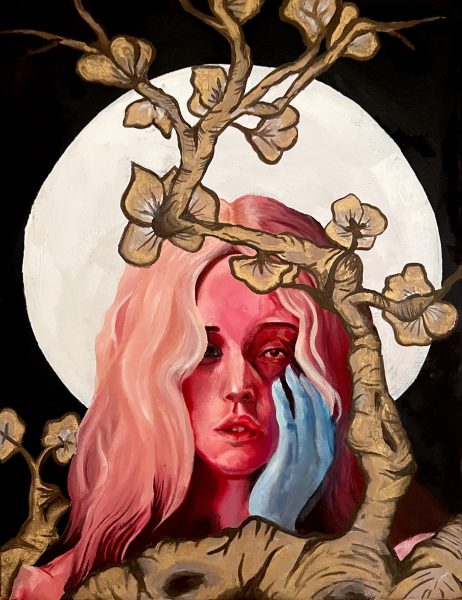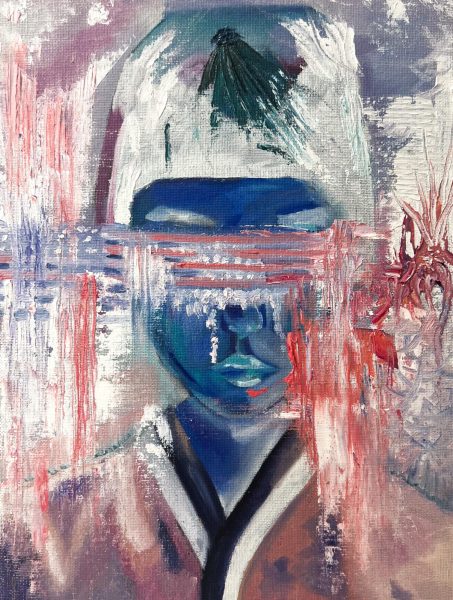The following article shows my artist’s statement about how my bicultural identity, Korean upbringing American culture, and visual arts intersect with one another:
As a Korean-American female, my artistic perspective is deeply shaped by my bicultural identity, which I often call the “hyphenated” aspect of who I am. Many bicultural communities feel “in-between” – neither fully American nor wholly tied to their ethnic background. Growing up, I encountered two main archetypes of female characters: the beautiful blonde princess adorned with blooming flowers and singing birds and the Asian sidekick. In my quest to resemble that blonde princess, I gradually shed aspects of my identity that I deemed “Korean.” In the process, I began to feel like I was becoming nothing more than a person observing how everyone else behaved around me. I could not fully connect with my non-Asian friends, who sometimes make insensitive gestures like slanting their eyes. Simultaneously, I felt distanced from my Korean friends because I had forgotten how to speak the language. This sense of isolation slowly overtook me.
The Paragon by Juri Kim
Yet, what granted me the ability to articulate the complex emotions I was experiencing was a blank 9 x 12 canvas. When I peeled away the plastic covering and placed the canvas on the easel for the first time, I stared at it. The emptiness of the canvas mirrors the isolation I felt during my childhood, but the blank space inspired me to convey the void I felt between two cultures. Having the freedom to fill that blank canvas gave me a sense of control and the liberty to express myself without the confines of cultural bias. What spurred me to create was that I could paint anything without judgment, as long as the painting possessed superficial appeal while hiding deeper meanings behind the pretty objects through a traditional painting style.
American Visage by Juri Kim
However, I realized that this alone could not effectively convey my message, and it was through a particular event that I recognized the need for change. This experience motivated me to challenge myself and explore what would happen if I broke free from my traditionalist painting abilities. Ultimately, this marked my decision to embrace and celebrate my bicultural identity. By taking control of my narrative, I stepped out of the role of the Asian side character and into the spotlight as the main character.




